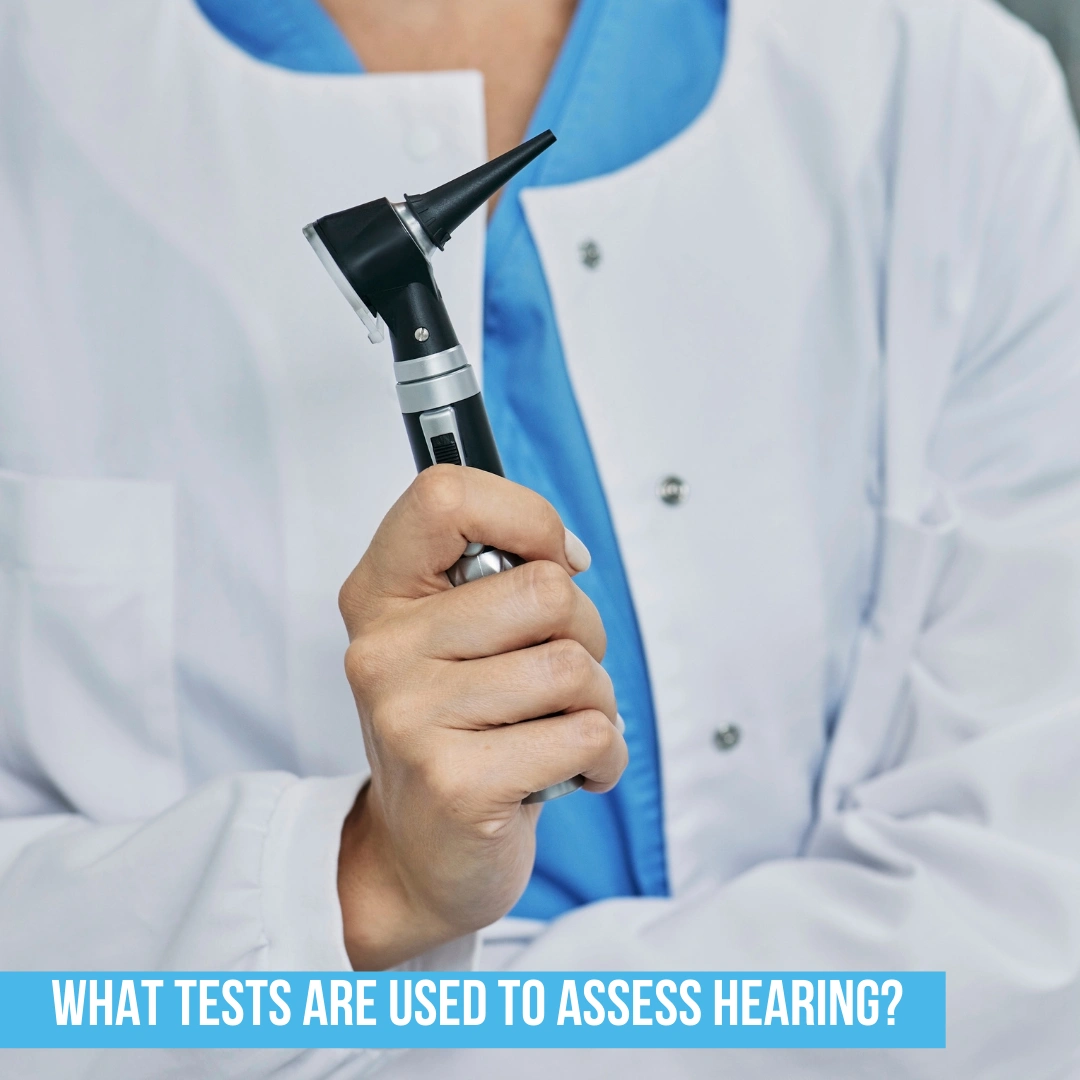What tests are used to assess hearing?
When you suspect you have a hearing loss, having a hearing check is a good next step. But what should you expect during a hearing assessment at a hearing clinic? What sort of tests are done?
A hearing specialist is trained to do a hearing assessment which will establish if you have a hearing loss, what degree and type of hearing loss you have, and determine what the next steps might be. A hearing test requires you to follow the directions of the hearing specialist, but it is not painful or invasive.
Once the hearing specialist has discussed your hearing concerns and asked you some health questions, they will have a look in your ears. This is called otoscopy. The purpose of doing otoscopy is to check for any excess wax or other debris in your ears and see if your ears look healthy. Given you can’t see inside your own ears this is an important first step. Don’t worry if there is some wax in your ears – it is normal.

Your hearing specialist may then do a test – called tympanometry – that measures the movement of the eardrum in response to changes in pressure in your ears. Tympanometry is useful for checking there is no fluid behind the eardrum, holes in the eardrum or problems with the three little bones in the middle ear. Sometimes the hearing specialist will also do a test that plays loud beeps in your ear and measures your ears automatic response to those loud sounds.
The next step is audiometry. This involves you, as the client, responding – often by pushing a button – every time you hear a beep, even if you can only just hear it. Initially this test is conducted with either headphones that go over the top of your ears, or a different kind of headphones – called insertphones – with foam ends that sits inside your ear canal. Your hearing specialist will play a series of beeps in each ear. There will be different tones of sound played over the course of the test including low, bass sounds through to quite high-pitched, tinny sounds. The softest sounds you can hear are then plotted on a graph called the audiogram which gives the hearing specialist a picture of what sounds you can hear at what volume. This test may be repeated with a special sort of headphone that sits on the bone behind your ear, called a bone conductor.
Knowing how loud sounds need to be for you to hear them is only part of the hearing assessment. So, the next step is to do some speech testing. This looks at how well you can repeat words or sentences back that are played to you, and provides information regarding how clearly you can understand speech.
The specific tests your hearing specialist may complete as part of your hearing assessment may vary depending on what your concerns are and what they find as they move through the different tests. It is important that you are comfortable with the testing and understand what is going on so your hearing specialist will explain what they are doing as they go along. If you have any questions, do not hesitate to ask your hearing specialist.
Once your hearing assessment is complete your hearing specialist will recommend the next steps based on the results, this could be seeing a medical practitioner for medical management of your hearing loss, or discussing a rehabilitation program which may include hearing aids.
So now that you know what to expect, contact Hearing Aid Specialists SA for your hearing assessment.
